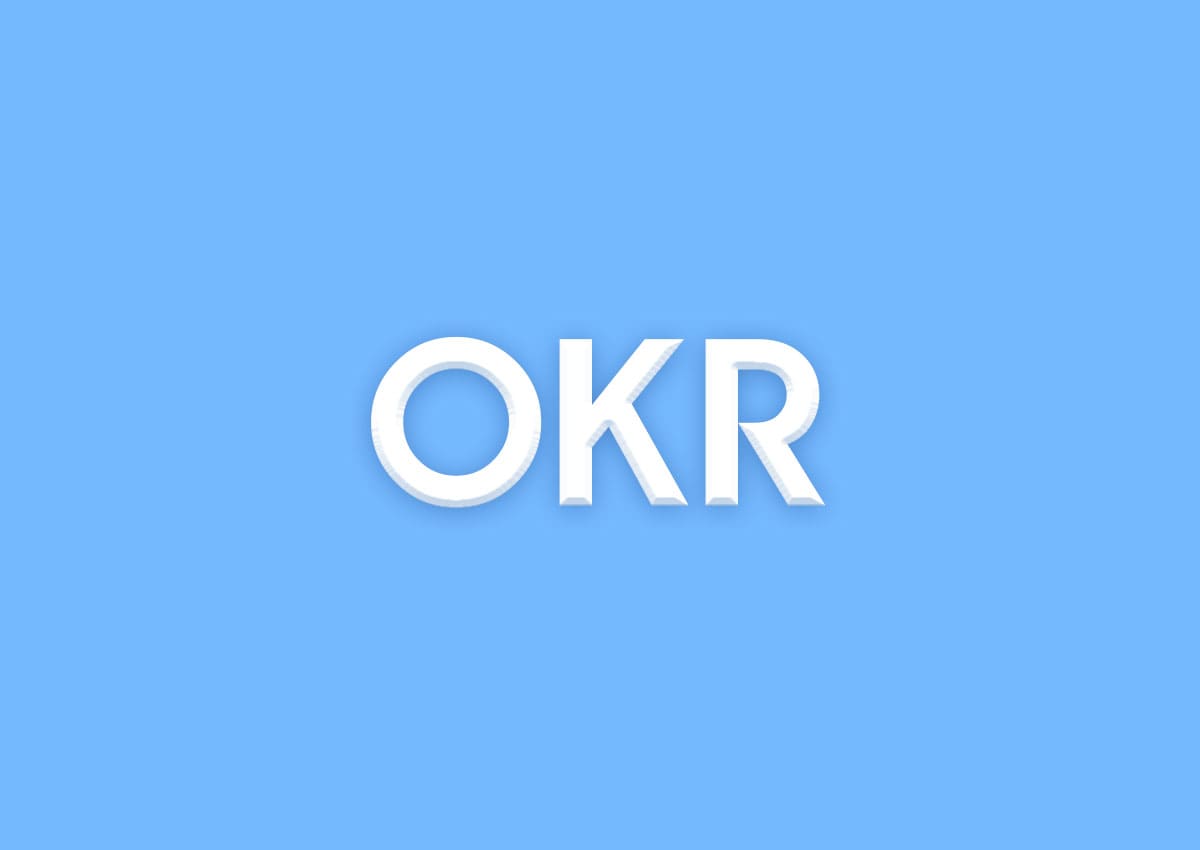Top 15 Strategies for an Effective Recruitment Process in 2023

In the dynamic landscape of 2023, recruiting top talent has become a challenging endeavor for organizations seeking to stay ahead of the competition. As the job market evolves and candidate expectations change, having an effective recruitment process is more critical than ever. In this blog, we present 15 strategies that will empower your organization to optimize its recruitment efforts and attract the best-fit candidates. From leveraging cutting-edge technology to fostering a diverse and inclusive workplace culture, these proven strategies will not only streamline your recruitment process but also elevate your employer brand, ensuring you remain an employer of choice in the modern hiring landscape. Embrace these tactics to build a skilled and dynamic workforce that drives your organization’s success in 2023 and beyond.
What is Recruiting?
Recruiting is the method of discovering, attracting, and choosing a suitable candidate to fill a job vacancy in an organization. This process is usually led by human resource managers, in coordination with recruiters, hiring managers, and other team members. A well-structured recruitment process is essential for efficiently identifying qualified candidates.
The key stages of a recruitment process include:
1. Evaluating candidates to find the most suitable individuals matching the job’s requirements in terms of skills, experience, and personality.
2. Collecting and reviewing resumes from potential applicants.
3. Conducting job interviews to assess candidates’ suitability.
4. Choosing the candidate who best fits the role’s requirements and the organization’s needs.
5. Progressing with the onboarding procedure to assimilate the newly hired individual into the company.
To ensure an effective recruitment process, it is crucial to prioritize these steps and continually evaluate and improve the process to attract and retain the right talent for your organization.
What is a Recruitment Strategy?
A recruitment strategy is a well-thought-out plan designed to find the best candidates for the job openings within your company. It outlines the type of candidates you want to attract, the reasons for seeking them, and the approach you will use to hire them.
To create a strong recruiting strategy, you need to consider essential questions like:
- What makes your company an attractive place for applicants?
- Would your current employees recommend your company as a great place to work?
- What impression does your website and social media give about your brand?
Once you have answers to these questions, you can set clear recruitment goals and proceed with confidence in finding and hiring the right talent for your organization.
What are Your Recruitment Goals?
Your recruitment goals serve as the purpose and direction for bringing in new talent to your company. The prosperity of your business hinges on the caliber of your workforce. Creating smart goals for your recruitment process can help you achieve clarity and efficiency.
Smart goals involve:
1. Identifying the specific roles that need to be filled.
2. Ensuring your hiring team has the necessary resources.
3. Integrating appropriate recruitment Key Performance Indicators (KPIs).
4. Setting a deadline for achieving the goal.
Using the smart approach empowers your recruiting team and ensures a focused and effective recruitment process. Standing out in the competitive talent market requires a well-planned strategy to attract the best candidates, making your company the top choice for talented individuals. A thoughtful and competitive recruitment strategy can make all the difference between securing top talent and losing them to other companies.
To read more about best practices & future trends for using HRMS in recruitment, refer to our blog Top 5 Best Practices & Future Trends for Using HRMS in Recruitment for 2023
Top 15 Recruitment Strategies For 2023
Join us as we delve into the intricacies of these 15 strategies, learning how they can positively impact the recruitment process and contribute to the overall success of businesses in a highly competitive job market. Whether you are an employer seeking the best talent or a candidate looking to understand the recruitment process better, this exploration will provide valuable insights for all involved parties. Let’s begin the journey towards building a robust and efficient recruitment process that propels organizations toward excellence.
Let’s delve into each of the 15 strategies for an effective recruitment process:
1. Highlight Your Mission and Values:
The mission and values of your company serve as the foundational elements that mold your organizational culture and define its essence. Clearly communicating these aspects to potential candidates is essential as it helps them understand your company’s purpose and the impact it strives to make. When candidates connect with your mission and values, they are inclined to become motivated and committed employees. To achieve this, ensure your company’s website and social media platforms showcase your mission and values prominently, giving candidates an authentic and compelling glimpse into your organizational culture.
2. Identify Organizational Needs:
Before embarking on the recruitment process, take the time to identify and understand your organization’s needs. This step entails identifying the precise skills, qualifications, and experience needed for the open position. In the case of a new or evolving role, work together with relevant stakeholders to develop a thorough job description that clearly defines the responsibilities and expectations associated with the position.
3. Utilize Recruitment Software:
Invest in modern recruitment software, such as an Applicant Tracking System (ATS), to streamline and optimize the hiring process. An ATS allows you to automate tasks like posting job listings on various platforms, tracking applicants, and managing candidate data efficiently. Utilizing technology allows you to optimize efficiency, freeing up valuable time and resources for your team to dedicate to cultivating connections with prospective candidates.
4. Craft a Comprehensive Job Description:
A well-crafted job description is the foundation of attracting the right candidates. It should be detailed, accurate, and enticing. Collaborate with the hiring manager and relevant team members to create a comprehensive description of the role, including key responsibilities, required qualifications, and any specific skills necessary. A clear job description helps candidates understand what is expected of them, enabling them to self-select based on their fit for the position.
5. Create a Strategy for Recruitment and Job Advertisement:
Strategize how you will attract potential candidates to the position. Create a recruitment plan that outlines the steps involved in the process, from sourcing to onboarding. Based on the job description, craft a compelling job ad that communicates your organization’s needs and expectations. Clearly define the skills and qualifications you are looking for, as this will draw candidates who truly match your criteria.
6. Implement an Employee Referral Program:
Leverage the potential of your current employees during recruitment by introducing an employee referral program. Encourage and reward employees for recommending skilled candidates they feel would align well with the company’s values and culture. By tapping into your employees’ networks, you can discover top talent and build a stronger workforce through their valuable referrals. Employee referrals often lead to high-quality hires, as employees tend to refer individuals who align with the company culture.
7. Source Candidates Effectively:
Sourcing candidates is a critical aspect of recruitment. Employ keyword-based recruitment tools and explore various sourcing channels to discover potential candidates who align with the job criteria. Embrace inclusive hiring practices to tap into diverse talent pools and promote a diverse and inclusive workforce.
8. Act Quickly to Attract Top Candidates:
Top-tier candidates are in high demand and may be considering multiple job offers. It is crucial to act swiftly in scheduling interviews and providing feedback to maintain their interest. Avoid unnecessary delays in the hiring process to secure the best talent for your organization.
9. Conduct Initial Phone Screenings:
Phone screenings help assess candidates’ qualifications and suitability for the position before proceeding to in-person or video interviews. This initial screening allows you to narrow down the candidate pool and focus on those who best meet the requirements.
10. Schedule Interviews Promptly:
Once you have shortlisted potential candidates, schedule interviews promptly. Maintaining prompt and regular communication with candidates reflects your organization’s professionalism and appreciation for their time and interest. Delayed interview processes may cause candidates to lose interest and consider other opportunities.
11. Present a Compelling Job Offer:
When extending a job offer, present all essential details, including job title, pay rate, and work schedule. Additionally, highlight the unique benefits and opportunities that the candidate will have at your organization. Emphasize employee benefits, growth opportunities, and the positive work environment to entice the candidate to accept the offer.
12. Verify Background and References:
Once a candidate accepts the job offer, it is essential to carry out comprehensive background checks to validate the accuracy of their qualifications and professional history. Background checks are essential for maintaining compliance, ensuring trust, and safeguarding your organization.
13. Simplify New Hire Paperwork:
Collecting the essential paperwork for new employees is a vital aspect of the onboarding journey. Employ HR software and electronic signatures to simplify the procedure, reducing time and resource consumption. Simplifying paperwork enhances efficiency and ensures a smooth onboarding experience for new employees.
14. Facilitate an Engaging Onboarding:
Onboarding refers to the seamless integration of new employees into an organization. Create an engaging onboarding experience by providing relevant resources, assigning mentors or buddies, and scheduling one-on-one time with managers. A well-executed onboarding process guarantees that newly hired employees experience a warm welcome, appreciation, and readiness to make valuable contributions to the organization’s achievements.
15. Continuously Review Recruitment Data:
Regularly evaluate your recruitment strategies and process by analyzing key metrics such as the number of applicants, interviews held, and candidate sources. Collecting data insights enables ongoing identification of areas for improvement and continuous refinement of your recruitment process. Stay informed about emerging trends and best practices in recruitment to ensure your strategies remain effective in attracting the best-suited candidates for your organization’s long-term success.
Conclusion:
In conclusion, a winning recruitment process requires showcasing your company’s values, creating clear job descriptions, and utilizing effective sourcing channels. Implementing an applicant tracking system streamlines the process, while a strong employer brand attracts top talent. Engage employees through referral programs and conduct thorough interviews and background checks.
Offering competitive compensation packages and maintaining transparent communication enhances the candidate experience. Continuously review recruitment data and seek improvement to stay ahead in attracting the best-suited candidates. A well-executed recruitment process is an investment in your organization’s success and fosters a motivated and skilled workforce.




